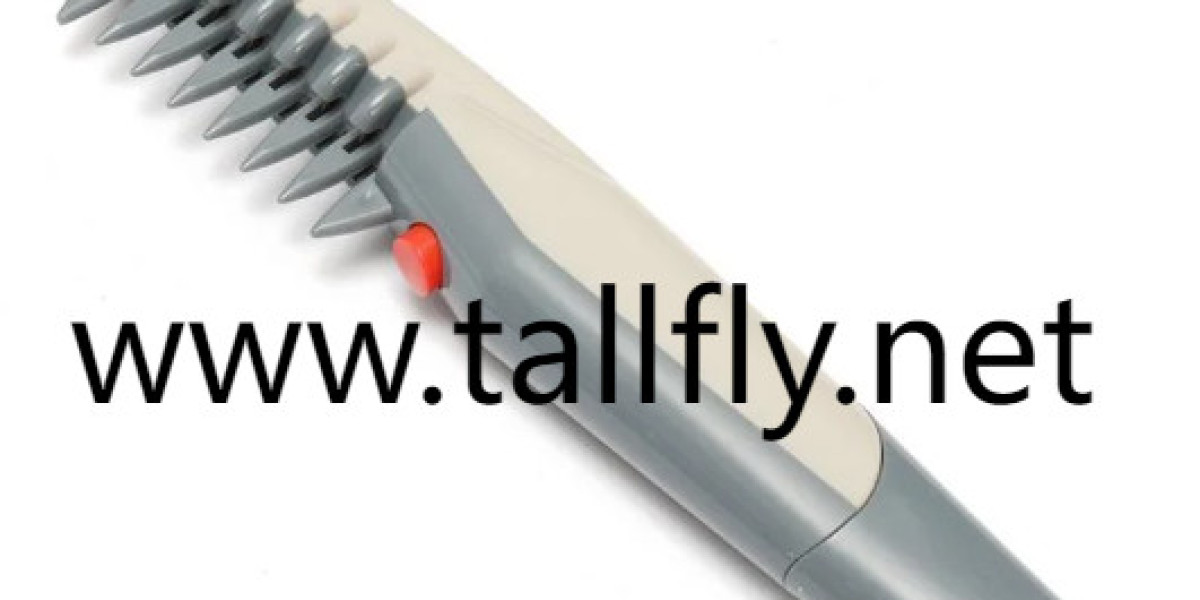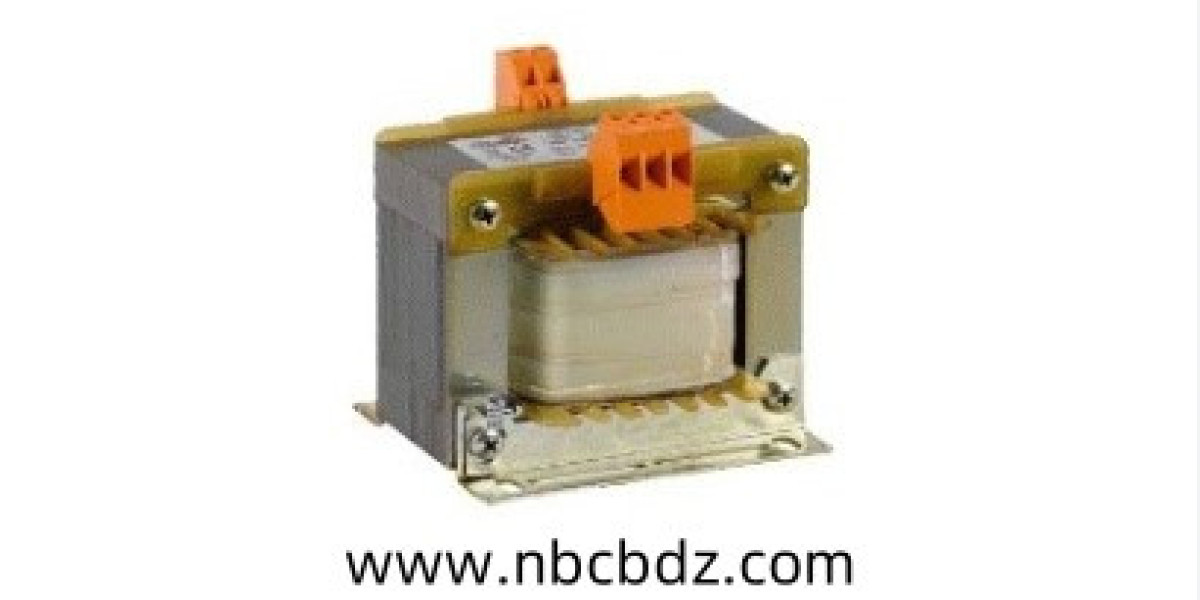Designers and production teams in grooming tool workshops are rethinking how to solve everyday coat problems, and one example drawing attention is the China Pet Knot Untying Comb which appears in the middle of conversations about gentle detangling and scalable manufacturing. Makers in China are blending hands on craft with process innovation to address the particular challenge of removing stubborn mats without stressing animals, and the result is a broad set of ideas that retailers and owners appreciate.
One practical focus is tooth geometry. Rather than aggressive, uniform teeth, many makers experiment with graduated spacing and rounded tips to allow a comb to ease into a mat and separate fibers slowly. This softer entry reduces the sudden tugs that cause pets to flinch. Engineers use demo rigs and hands on feedback from groomers to refine angles and teeth lengths so that a single pass will lift loose hair while a second, gentler pass works deeper tangles. The tactile detail matters because a design that feels gentle in the handler's hand tends to encourage calmer grooming behavior.
Materials selection follows a similar logic. Some manufacturers pair a rigid backbone with a flexible contact layer so the comb reaches undercoats without transferring full force to the skin. Others prioritize polished finishes to minimize friction and prevent tiny burrs that can snag. These material choices are often driven by how a comb will be cleaned and maintained over its life, and they reflect conversations around product longevity and household hygiene that show up in modern coverage of pet wellness.
Ergonomics has moved from optional feature to production requirement. Workshops are prototyping grip contours and weight distributions to reduce wrist strain during longer sessions. A comfortable handle keeps motion steady and short strokes controlled, which is essential when working near sensitive areas like ruffs and tail bases. The manufacturing challenge is to maintain ergonomic comfort while keeping tooling and assembly efficient so products remain affordable for broad audiences.
Mechanisms that simplify cleanup are gaining traction. Simple push release systems or removable hair chambers prevent owners from having to pluck collected fur from between teeth. That convenience changes behavior: when the end of a grooming session is tidy, owners are more likely to groom regularly, which prevents severe mats from forming and decreases the need for extreme detangling later. Makers in China are often quick to prototype such features and iterate based on user feedback, which accelerates practical improvements across product lines.
Testing and quality control are integral to this evolution. Reliable suppliers run repeated cycle checks and abrasion tests to validate that a comb keeps its geometry and finish after many uses. In practice, that means a manufacturer will adjust mold tolerances, refine surface polishing, and set assembly checks so that units shipped to distributors perform consistently. Buyers notice this consistency when a tool behaves the same across dozens of purchases, and it influences retail ordering choices.
Education and aftercare are part of the product experience. Many factories collaborate with groomers to produce usage guides and short demonstration materials that explain how to approach a mat, how to use detangling sprays safely, and when to pause and seek professional help. This combination of engineered design and practical guidance reduces accidental skin pulls and supports humane grooming practices that are increasingly visible in mainstream dialogue about animal welfare and home care trends.
Sustainability and material sourcing are also in the conversation. Some makers source recyclable polymer blends or reduce multi material assemblies so end of life is simpler. Packaging that minimizes excess while protecting the product during transit resonates with buyers who follow wider environmental topics. These choices are not only ethical signals; they are operational decisions that affect lead times, tooling choices, and supplier selection.
Collaboration with professional groomers speeds refinement. Manufacturers invite salon stylists to trial prototypes and report back on performance under sustained daily use. That feedback loop often yields adjustments to tooth spacing, handle angle, and hair capture features that matter most under the demands of a busy grooming schedule. Brands that integrate this professional perspective into production details gain credibility with both trade buyers and consumers who read expert recommendations.
Tallfly's product development reflects many of these practical responses to detangling challenges. By combining softer tooth profiles, ergonomic design, and convenient cleanup features, their tools aim to reduce friction in the grooming routine and support healthier coat care. Packaging and care guidance accompany the device so owners understand proper usage and maintenance.
If you want to explore a hands on example of these design priorities in action and see the manufacturer guidance that accompanies a tool, check the Tallfly product information and usage notes at the company resource page. The product page presents design rationale, usage tips, and care instructions so buyers and stylists can match the tool to coat types and grooming needs. Visit https://www.tallfly.net/news/stop-the-pull-why-china-s-pet-knot-combs-revolutionize-home-groomin.html .








